I'm sorry to have neglected this blog of late. I've been busy with a number of things, so I thought I'd bring you a metaphorical miscellany of things which have been occupying my mind. One of the things that has been taking my time has been working on visualization of scientific data. The intersection of art and scienc being close to my heart, I attended a workshop with scientists, graphic designers, journalists and other communicators, and as such have been thinking about new ways of visualizing both for understanding and for explaing results. Complex networks of data are known as 'hairballs' (for, I think, obvious reasons). There are a number of oper-source packages for dealing with plotting and representing such monsters. Many of these programs are Python-based. As a result, I've been trying to teach myself some Python. I found this data visualization of the history of the code I'm trying to learn so I can make more exciting and effective visualizations an ironic thing to stumble upon. It's also quite pretty with all the overlapping, translucent layers:
code_swarm - Python from Michael Ogawa on Vimeo.
(via
bioephemera)
Check out similar visualizations at
code swarm "an experiment in organic software visualization."
Speaking of layers of overlapping, translucent layers, I found this "Photo Opportunities" project by Swiss artist
Corinne Vionnet quite beautiful. She found and combined hundreds of perhaps cliché tourist photos of famous locations and layered them to create something impressionistic and beautiful:
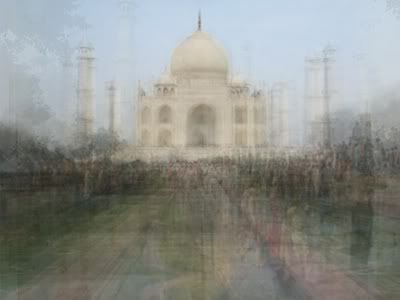



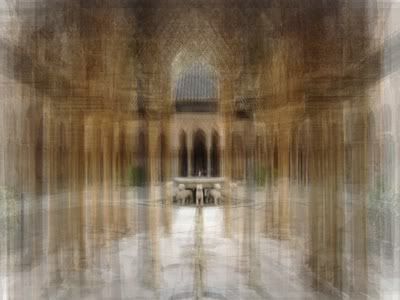
Swiss-based architect and programmer
Michael Hansmey employs algrithms as design tools. In
'Subdivision: Ornamented Columns' he used iterative subdivision as a means of creating elaborately ornamented columns with millions of facets, beginning with an ideal Doric column. The layers are laser-cut from 1mm sheet to create these 2.7 m glorious columns.
Read about his process here. I just imagine what
Gaudí would do with such technology at his disposal.
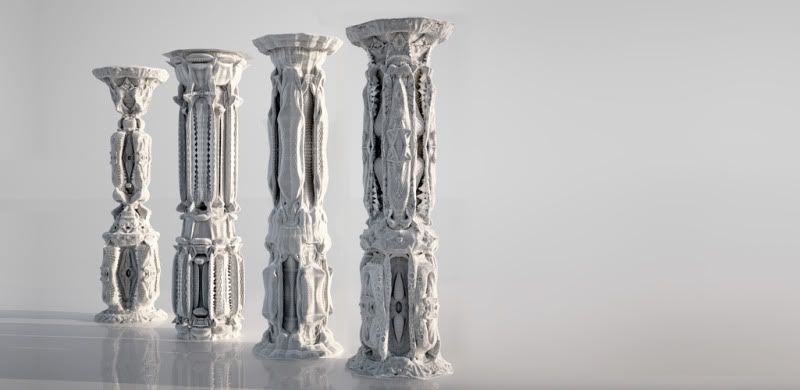
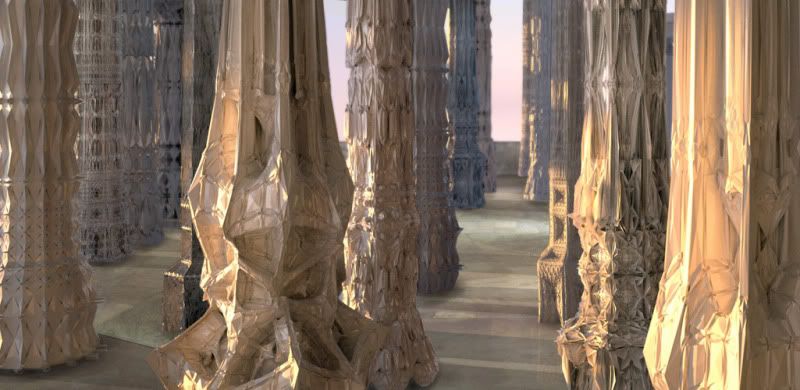
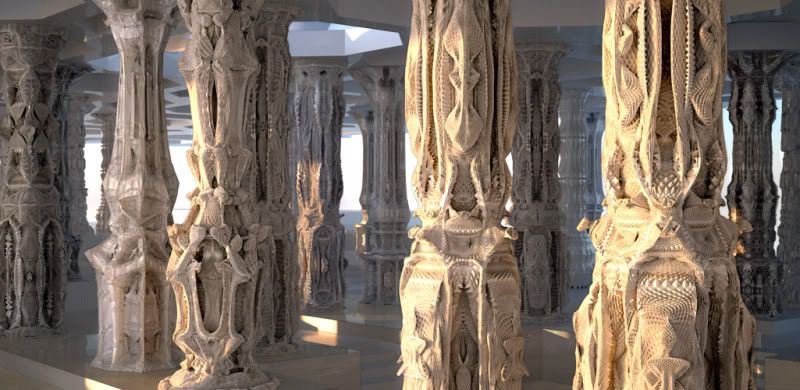
(I saw this in a couple of places - most recently via
Thersic.)














The thought of Gaudi and digital technology simply blows the mind!
ReplyDeleteHe would make an imaginary city I would live in!
ReplyDelete